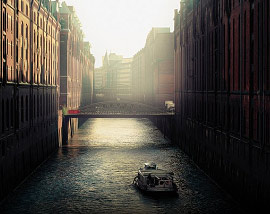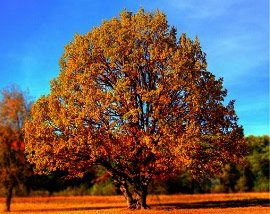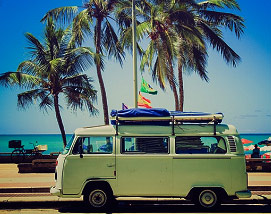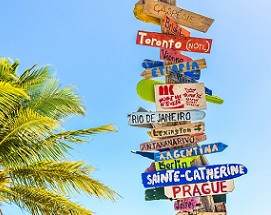The Land of Diversity, India, has deep cultural roots and a rich and varied heritage. Seemingly chaotic at first glance, everybody falls in love with India. The discordant cacophony of its bustling cities are beautifully offset by the serenity of its nature reserves and hill stations. Here, the old happily coexists with the new and there is an order in chaos. Even a short India tour will be enough to convince you of the same.
India has been home to some of the oldest ever civilisations known to man. And with a history that goes back thousands of years, tourism in India builds on that heritage to offer a travel experience unlike any other country. Even culture plays its part in mesmerising visitors and keep them coming back for more.
Once a thriving spiritual destination and the home of the Great Indian Rope Trick, India has reinvented itself to offer a world-class holiday experience. Though the hustle of its crowded cities may seem overwhelming initially, the sheer abundance of its sights, sounds and experiences will leave you amazed.
So, get ready for your India tour that will take you through some of the most bewildering and bizarre experiences you’ll have ever had.
Geography of India
Located just north of the equator, India is the seventh-largest country in the world in terms of geographical area. Sitting on the southern tip of the continent, India dominates the region known as the Indian sub-continent. It is bound by the Arabian Sea in the south-west, Indian Ocean in the south and the Bay of Bengal in south-east. India shares its international border with Pakistan, China, Nepal, Bhutan, Bangladesh and Myanmar. The island nation of Sri Lanka is its closest neighbour in the South.
India enjoys a diverse geography. From the mighty snow-capped Himalayas to the thriving wetlands of Sundarbans and lush green forests to arid golden deserts, the varied topography makes India an interesting travel destination. A desert safari is as exciting as a mountain-climbing expedition. Home of the mighty Himalayas, India’s highest peak is the 28,208-feet-tall, Mt. Kanchenjunga.
In addition to the mountains, India’s topography is divided into the Indo-Gangetic plain, peninsular plateau, coastal plains, Thar desert, wetlands and islands. India is divided into 29 states, 6 union territories and National Capital Territory of Delhi.
Climate of India
Being so close to the equator, India experiences a monsoon climate that is characterised by heavy monsoons, mild winters and hot summers. India enjoys three seasons throughout the year: summer, monsoon and winter. Except for the hill stations and some areas in the north, summers in India are very hot. While the average summer temperatures regularly cross 33-35 °C, in some places the temperature can go as high as 40-42 °C.
India receives its rainfall from the south-west monsoon. Starting from the month of June, the rains continue up to September and may extend into October. India’s east coast experiences severe storms and cyclones during this period. As monsoon moves into winter, the temperatures in north India drop significantly. But down south the winters are mild. Generally, this is the best time to visit India for a comfortable sightseeing experience.









